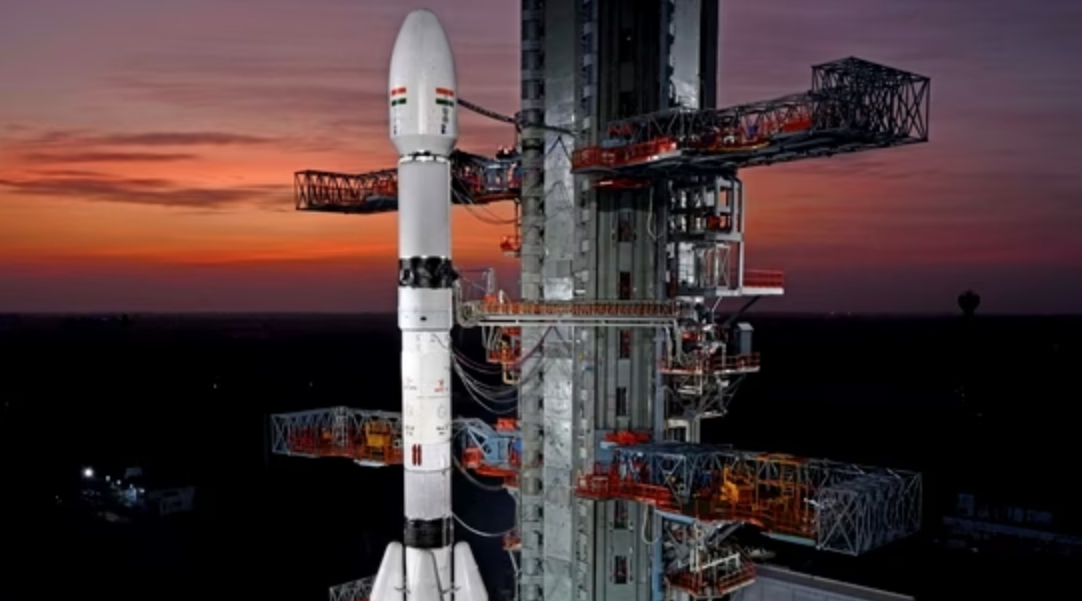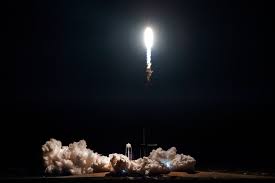NASA completes testing of folding propellers for the X-57 electric plane
Having a long history in the development of aviation technology, NASA has not independently engaged in aviation projects for more than 20 years. The agency pushed the emergence of electric aviation to new developments on this topic. A NASA team began developing the basis for an all-electric aircraft, the X-57 project. An interesting design touch is the folding propellers of the lift motors. They passed the final test the other day.









